Stand in Saturday #6 Dominance
Hey guys hope you’re all doing well, todays topic is going to centre around one of the most commonly observed traits in social animals and that is the formation of a dominance hierarchy.
I got the idea to write this post after watching an interview recently on Youtube between a clinical psychologist and an emotional train-wreck of an interviewer, facts vs feelings, they briefly touched on our own societal hierarchy and it made me realise that despite often citing them within these articles, we’ve never really dissected why they occur and how they can be beneficial.
So, lets get in to it.
What are Dominance Hierarchies
At a fundamental level, a dominance hierarchy is simply a social structure that displays a linear or partially linear ranking system, those that are ranked higher up the dominance hierarchy will be entitled to greater benefits than those ranked towards the bottom, they often form as a method of organisation and they have various benefits that we will touch on later.
There are two different types of hierarchy structure, either hierarchical or despotic, hierarchical structures are often referred to as pecking order systems whereas despotic systems are effectively dictatorships, in a pecking order system there are multiple lines of ranking that gradually reduce in benefit the further down the pecking order you go, in despotic systems there will be one dominant figure or pair leading a group of low-ranking subordinates that are all equal in rank, for this article we will focus predominantly on the multi-tiered pecking order system.
A good example of the pecking order system is a common corporate structure.
We can observe that at the top of the pyramid we have the Owners, the boss of everything, they will most certainly get the largest pay packet, will enjoy the greater benefits in terms of flexible working hours (they will still work incredibly hard, it’s ruthless at the top), and they will have a noticeable say in the future path of the business, in the event of a business catastrophe they will also take a large portion of the blame, so they must ensure that they are running the business effectively.
As we progress down the pyramid we go through multiple layers of management until we eventually reach the largest segment made up of people who carry out most of the work and ensure that the business continues to function and produce a positive value to their business sector, this segment will have very little say on the future plans of the business, they will also inherit the fewest benefits, will likely be paid the least and can be considered the easiest to dispose of in the event of economic issues and “streamlining” projects.
Linear dominance Hierarchy’s within the Animal Kingdom are similar to this corporate structure and it’s a beautiful example of how certain social traits are almost hardwired in to social mammals, a good example of this can be seen in common Chimpanzees.
Common Chimpanzee troops will always have a dominant male at the top of their social structure, he is the strongest individual within the group and has the rights to select the females he wishes to breed with, he also decides whether other males are worthy of breeding with certain females within the group (these males are effectively his managers), aside from reproduction he will also decide on the size of their territory and will have first access to the most bountiful feeding opportunities, the rest of the troop are tasked with foraging, travelling and caring for offspring, in smaller groups this system can appear despotic, but in larger communities an observable ranking system of males and females is evident.
The dominance hierarchy of Chimpanzees and the dominance hierarchy of a large corporation share many similarities, they are decided predominantly by power plays and experience, if you are too inexperienced, lack motivation, lack skills, lack assertiveness and lack health, you will not reach the upper levels of the hierarchy, this is a fact for both systems and the key difference rests with one being decided in physicality and the other being a strictly mental form of dominance.
Do Animal Hierarchies Have a Favoured Sex?
This is quite a difficult question as there are many variables that directly equate to the ranking of individuals.
For arguments sake we will focus on Mammals, in most Mammals a clearly male dominated social structure is observable (though females may form their own structure below the male), this trait is often driven by the fact that in many Mammalian species sexual dimorphism is present, this regularly leads to males being considerably larger and stronger than their female counterparts, many dominant figures within social structures reach the top by displaying aggressive behaviour and asserting their dominance over others, in this sense it is only logical that the larger and more powerful of the two sexes would come out on top.
On top of this testosterone and stress hormones (dictates fight or flight mechanism) also appear to play a significant role as aggression and decisiveness, as well as strategic social behaviours are key attributes when claiming rank within a primitive social structure, Dubreuil states in a 2017 study in reference to testosterone and its effects on social structures
The best-established result is that testosterone increases in the face of a challenge, as one anticipates the efforts to come. After the competition, testosterone remains high among winners but declines among losers.
This factor is essentially stating that the presence of hormones can play a major role in not only gaining success but also maintaining it, in complex social society’s these hormones must be effectively balanced, higher levels of specific hormones does not immediately equate to success within a social setting as an increase in hormones can lead to motivation in both pro-social (looking for a promotion at work) and anti-social behaviour (conducting a robbery or murder), this is where it can be observed that a hierarchy isn’t entirely decided by a single biological factor.
In sexually dimorphic Mammals where the female is larger than the male, such as in the case of the Spotted Hyena we can see a complete role reversal, and it’s of little coincidence that the dominant female within the pack has the highest observable levels of testosterone and is also the largest individual by size, this can also be seen within the despotic social structure of Meerkats where an equally large female and male will sit atop the dominance hierarchy.
In animals with a more developed brain; aggressiveness, size and strength alone begin to play a reduced role, species that are capable of reason and complex thought may begin to judge a dominant figures position based on their ability to improve the lives of their subordinates, in Elephants we can observe a social system that is far from dominated by the strongest or largest individual.
In the case of African Elephants this can be observed within their Matriarchal society, despite males being significantly larger than females the entire social structure of the herd contains females only, and the Matriarch is often decided as the eldest and wisest member of the herd.
Even in instances where a larger, younger and stronger female may be present, unless the elder cedes position she will remain the Matriarch, if she has led the herd successfully for a long period of time she is unlikely to ever encounter a challenge from a member of the herd, this is an example of an animal that has developed the cognitive capabilities to form a social structure that isn’t driven via power plays and displays of dominance.
I would say that sex plays a role in determining dominance within Mammals, but only as far as the fact that sex determines certain biological and physiological traits within most Mammalian species, it is these traits that dictate an animals’ ability to dominate, as is overwhelmingly evidenced by the vast number of animal species that experience a male dominated hierarchy, we have however observed that when females possess similar traits it is they who dominate, in Humans this is an even more complex subject which is still being argued to this day, I feel it would take an article itself to really analyse it and I wouldn’t feel well-versed enough to attempt it.
Why Dominance Hierarchy’s are Beneficial
From a Human perspective it may seem desirable to be at the top of the dominance hierarchy, after all, the person at the top is earning more money than yourself, they probably aren’t visibly toiling in the same way you are in your 9-5 job, and their company perks are significantly better than yours.
But, do you really want the responsibility that comes with being at the top of, what is effectively a civilised dominance hierarchy? Any desirable position will always have competitors so even once you’ve made it you will have to defend your position regularly which can be both exhausting and stressful.
It is this factor of competition that is the first and arguably largest benefit of a multi-tiered dominance hierarchy, when referring to technology it is safe to say that competition drives innovation, this is also true for social development, both in Humans and Animals.
Consistent competition ensures that the leadership at the helm of the dominance hierarchy doesn’t stagnate, in the terms of primitive Mammals this is important as the dominant member(s) need to be strong both mentally and physically as they will be required to defend the group from intruders, a weak leader could result in a rival groups leader invading and taking their territory, which could result in the dissipation and/or death of the entire group.
Dominance hierarchy’s also provide the highest chance to produce genetically strong offspring, in Humans this is not a trait of paramount importance, we have developed technological aids and incredibly complex social structures that no longer simply rewards good genetics, simply put anyone can be anything with the right mindset, in more primitive species this is not the case and strong offspring will be more likely to climb the dominance hierarchy, by limiting what members of the group can breed a dominant figure is able to ensure that only the best genes are passed on.
Lastly dominance hierarchies bring order in an otherwise dis-ordered environment, without order there is chaos and the easiest method of implementing order is through a structural or despotic form of dominance (leadership), having a clear figure of dominance lays the foundation to assign jobs and roles to those further down the hierarchy, without a multi-tiered system no one is telling anyone what to do and that can quickly descend in to anarchy, it takes a very special and complex society to exist without a linear dominance hierarchy, even Humans are yet to figure out how to achieve this.
Is it better to be on top?
As mentioned previously the dominant figure in the group will experience benefits regarding reproduction and feeding, but this does not come at a zero cost.
To remain on top the dominant figure must always be ready to defend their position, this results in them producing far higher levels of stress hormones than their subordinates, this in turn increases their metabolic rate, defending territory, defending the group and reproduction are all high-energy activities which will take their toll on the body of a dominant figure if they are to hold the position for a long time, this often requires them to cede their position as they age and may result in a shortened life expectancy.
Subordinates on the other hand also benefit from the hierarchy, firstly they can avoid conflicts that could result in injury, generally speaking a higher-ranking individual will not challenge a lower ranking one without reason, this allows a subordinate to bide their time before attempting to take on a higher position.
In dominance hierarchies that display close family bonds kin selection may benefit a subordinate, by simply not challenging higher ranks the subordinate may be included within the higher ranks for simply being a close relative of the dominant figures, by forgoing their breeding rites they in turn gain improved feeding opportunities and are still able to pass on their genes through their relatives breeding, all they must do is assist their dominant relatives with tasks.
The most worthwhile benefit however is their improved rate of survival, the protection of a dominant leader is a coveted asset, ensuring that your group has access to the best food sources available would not be possible without an aggressive and assertive leader, this factor is so strong that even in groups that experience food scarcity, low ranking individuals are unlikely to leave as they would struggle to achieve a higher rank in a different group and they lack the traits to successfully forge their own group.
Sometimes it’s better to just go with the flow, not everyone is built for life at the top of the dominance hierarchy, and that’s perfectly fine, the future of the collective group depends on it.
Content Sources
- Dominance Hierarchy
- Social Order of Elephants
- Testosterone and Dominance
- Social Structure of Chimpanzee
If you enjoyed this article feel free to check out some of my previous works, thanks for reading!
- Speed in the Animal Kingdom
- Animal Architecture
- Life and Longevity
- Parenting 101
- Symbiotic Relationships
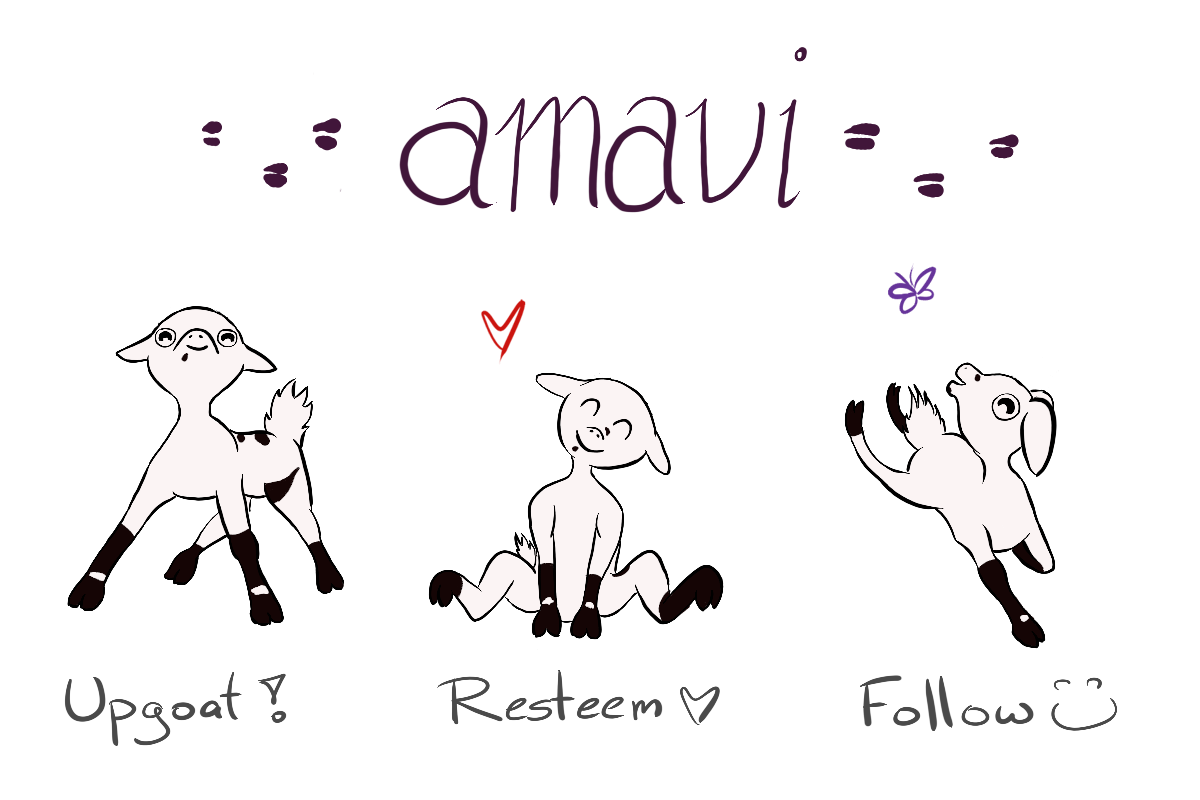
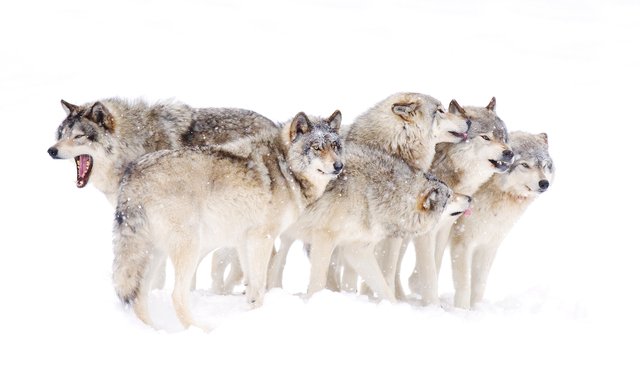
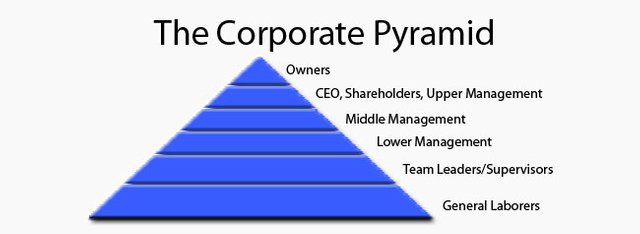
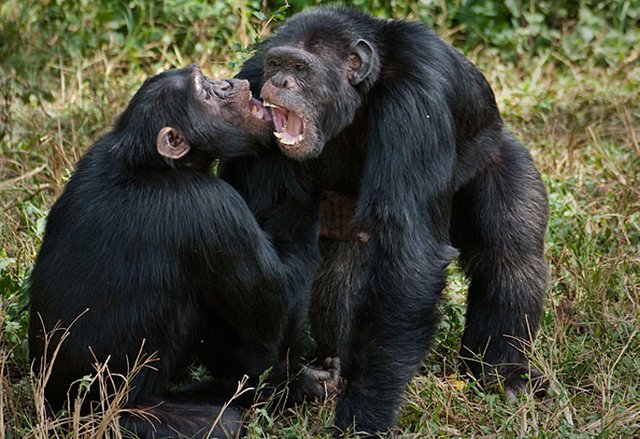

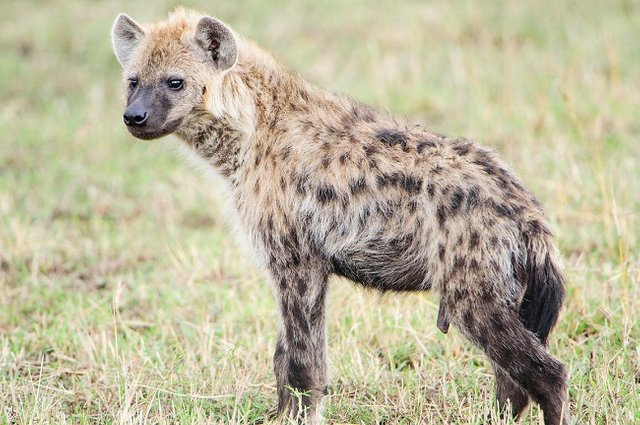

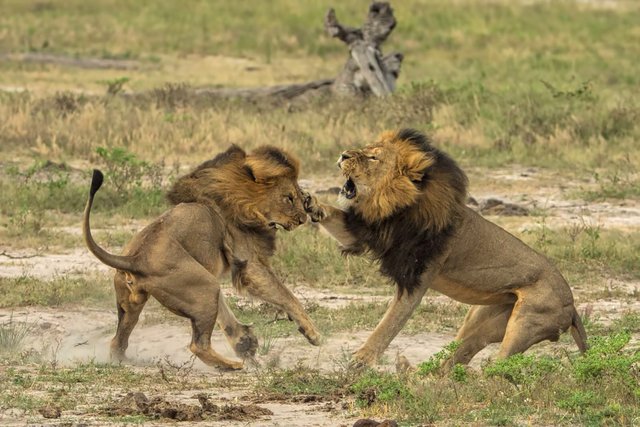
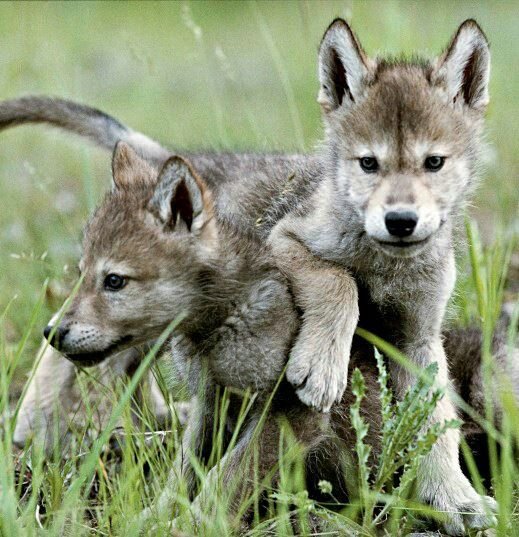

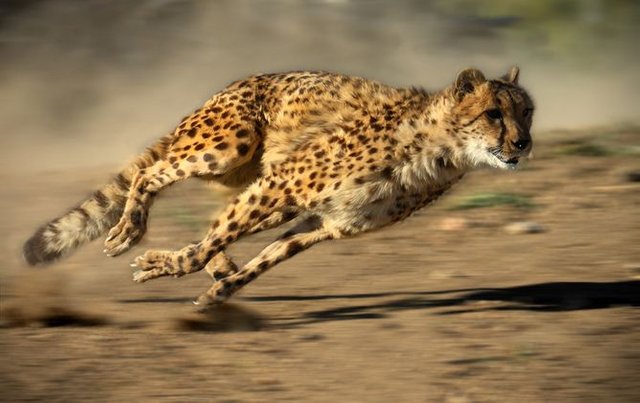
Amazing article, it's notable that great amount of effort has been invested in it, good job! I especially like the corporate pyramid example, and pointing out that people on top still need to work very hard, and that in animal kingdom being the dominant figure comes with the price. I would also like to comment on good genes hypothesis in humans, as someone who had evolution biology and evolution psychology as majors - although it is true that we have developed complex social establishment and that we have advanced in technology and medicine, according to evolution psychology research, we are definitely still selecting for the 'good genes' for our offspring, and that is why everyone is attracted to beautiful people (in biology, beauty means face symmetry, height, body proportions, even complexion, etc, which are all indicators of 'good genes'), even if it's not 'politically correct' to say this, it's just the biology. So in humans positive phenotypic assortative mating exist, meaning that individuals with similar phenotypes are more likely to mate than those that are very different in physical appearance.
Speaking of dominance, the only reasons why humans are top of the foodchain is due to lasers. Lasers show true power of a species, I mean just look at us how much more we achieved compared to other animals. Lions? Can they build Anti Ballistic Systems with Lasers to destroy missiles? No they can't. I hope I proved my point.
This is unbelievable!
I agree lasers are an unbelievable invention, we just still haven't tapped into the full power of these creations. Mention any single function and I'm sure lasers can fill that in.
Animals fight for survival is more real than humans fight for survival because they are not equipped with what dominance, power or features that God has bestowed on humans. It's a wild wild world out in the wild. Thanks
Amazing post
Interesting topic
According to aristotale
Humannis the social animal
hiya Mr Amavi
Another wonderful explanatory post. I liked the comparisons between the different types of dominance, and between animal & human examples. :)
Great article, well detailed and well sourced. Definitely an interesting read :)
I often wonder how our society would be shaped if it had been a predominantly matriarchal society this last millenia.